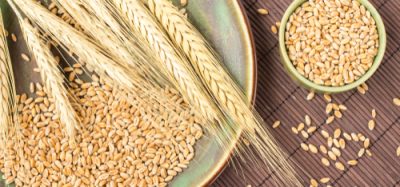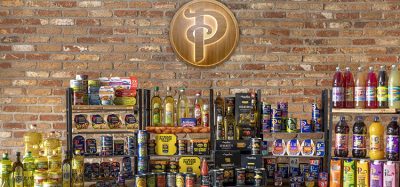World food prices drop to 17-month low
- Like
- Digg
- Del
- Tumblr
- VKontakte
- Buffer
- Love This
- Odnoklassniki
- Meneame
- Blogger
- Amazon
- Yahoo Mail
- Gmail
- AOL
- Newsvine
- HackerNews
- Evernote
- MySpace
- Mail.ru
- Viadeo
- Line
- Comments
- Yummly
- SMS
- Viber
- Telegram
- Subscribe
- Skype
- Facebook Messenger
- Kakao
- LiveJournal
- Yammer
- Edgar
- Fintel
- Mix
- Instapaper
- Copy Link
Posted: 5 June 2020 | Sam Mehmet (New Food) | No comments yet
The decline of the FAO Food Price Index is said to be due to strong supply but weakened demand – a result of economic contractions triggered by the COVID-19 pandemic.


Global commodity food prices fell for the fourth consecutive month in May, the Food and Agriculture Organization of the United Nations (FAO) has reported.
The FAO Food Price Index, which tracks international prices of the most commonly-traded food commodities, averaged 162.5 points in May, 1.9 percent below the previous month and marking its lowest reading since December 2018.
The FAO Dairy Price Index declined 7.3 percent from April, led by steep drops in the quotations for butter and cheese due to seasonal supply factors and lower import demand, and averaged 19.6 percent below its level one year ago. Quotations for milk powders declined only moderately, as low prices and renewed economic activity in China fuelled strong buying interests.
The FAO Sugar Price Index rose 7.4 percent from the previous month undoing half of its April decline due to a rebound in international crude oil prices as well as lower-than-expected harvests in India and Thailand, respectively the world’s second-largest sugar producer and second-largest exporter.
The FAO Cereal Price Index declined one percent from April. International rice prices edged up slightly, buoyed by rising Japonica and Basmati quotations, while wheat export prices fell, amid expectations of ample global supplies. Coarse grain prices fell further, with US maize prices now almost 16 percent below their level of May 2019.
The FAO Vegetable Oil Price Index fell 2.8 percent to a 10-month low. While quotations for rapeseed and sunflower oil prices increased, those for palm oil fell for the fourth consecutive month, reflecting subdued global import demand and higher-than-expected production and inventory levels in major exporting countries.
The FAO Meat Price Index declined by 0.8 percent in May, averaging 3.6 percent below its May 2019 value. Bovine meat quotations increased while those for poultry and pig meats continued to fall, reflecting high export availabilities in major producing countries, despite an increase in import demand in East Asia following the relaxation of COVID-19 social distancing measures.
Global cereal production is on track to reach a new record level of 2,780 million tonnes, 2.6 percent higher than 2019/2020, according to FAO’s Cereal Supply and Demand Brief.
FAO’s first forecasts for the 2020/21 season, based on conditions of crops already in the ground, planting expectations for those still to be sown and assuming normal weather for the remainder of the season, point to a comfortable global supply-demand situation for cereals.
FAO expects world cereal trade in 2020/21 to rise by 2.2 percent to 433 million tonnes, setting a new record, with expansions expected for all major cereals, led by a 6.2 percent anticipated increase in the global trade in rice.
Related topics
Related organisations
Food and Agricultural Organization of the United Nations (FAO)









